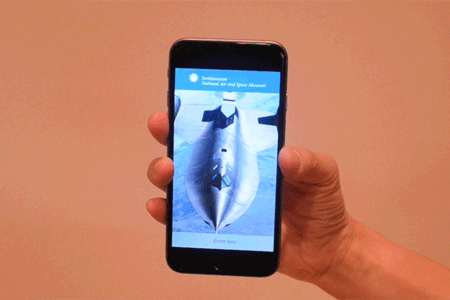In a iOS prototype I use a combination of CMDeviceMotion.deviceMotion.yaw and CLHeading.trueHeading to make stable compass heading that is responsive and accurate. This works well when the iPhone is held flat, where I have a graphical arrow that point to a stable compass heading.
The problem appear when the iPhone is held vertical in portait mode. The UIDeviceOrientation constantly changes from UIDeviceOrientationFaceDown to UIDeviceOrientationFaceUp and back. This makes the yaw value to skip back and forth +/-180 degrees based on small changes of the pitch. Is it possible to lock the device to one orientation that gives a stable yaw value, predict the change without glitches or compute the gyro yaw (or roll in this orientation) in other ways?
This poor guy have the same problem, with no answers. Double points possible people! :) https://stackoverflow.com/questions/10470938/euler-angle-yaw-not-working-when-iphone-orientation-changes



I was just searching for an answer to this problem. It broke my heart a bit to see that you posted this over a year ago, but I figured maybe you or someone else could benefit from the solution.
The issue is gimbal lock. When pitch is about 90 degrees, yaw and roll match up and the gyro loses a degree of freedom. Quaternions are one way of avoiding gimbal lock, but I honestly didn't feel like wrapping my mind around that. Instead, I noticed that yaw and roll actually match up and can simply be summed to to solve the problem (assuming you only care about yaw).
SOLUTION:
I hope this helps someone else!